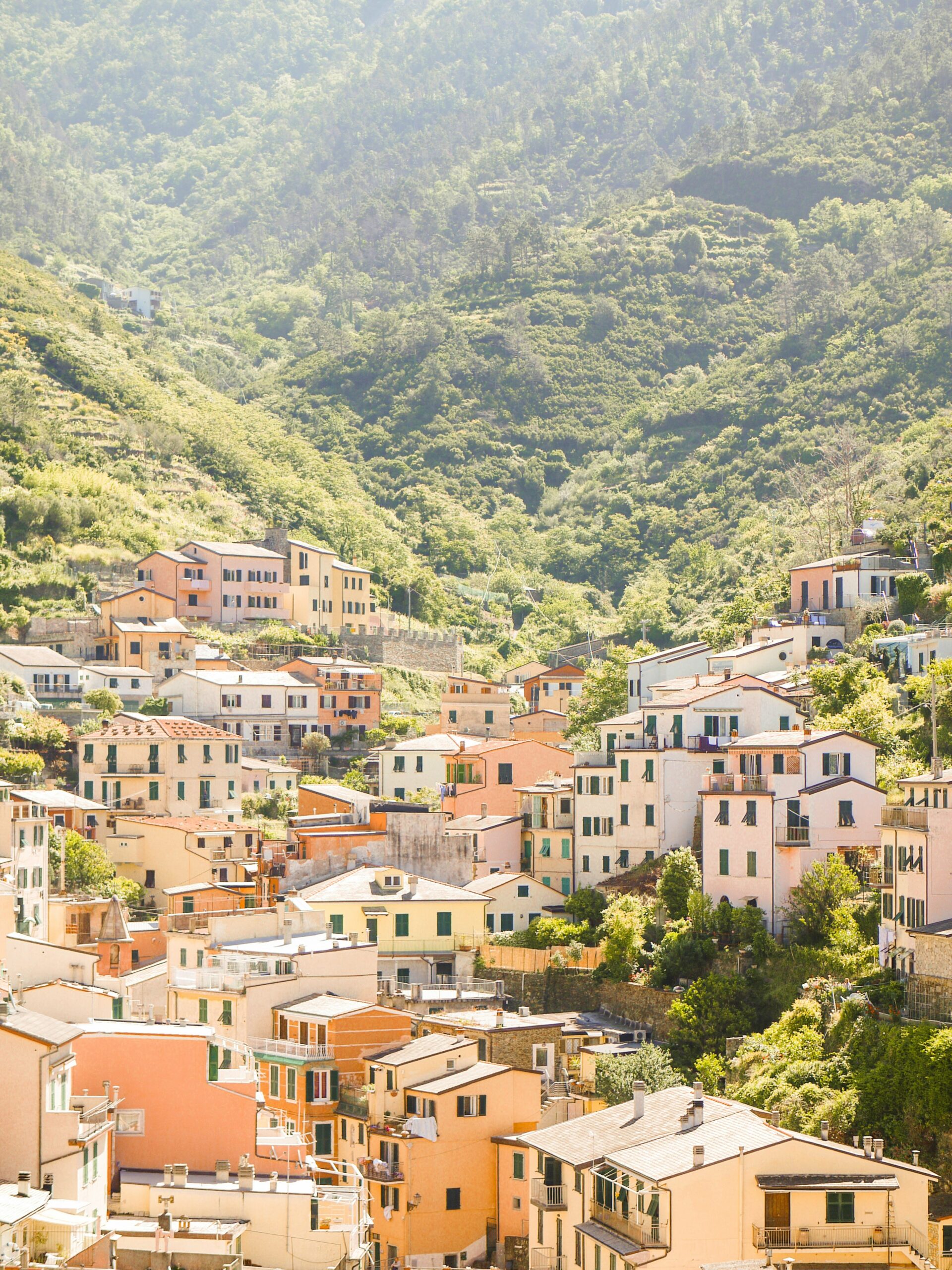Bosco Limite: A participatory strategy of water saving and aquifer artificial recharge in Northern Italy

This case study was originally published on the Climate-ADAPT website – for more information please visit the case study page. Climate-ADAPT aims to support Europe in adapting to climate change by helping users to access and share data and information. The platform includes the Climate-ADAPT database that contains quality checked information that can be easily searched.
Introduction
The Forested Infiltration Area (FIA) is proving to be an effective tool in Northern Italy, helping to address water scarcity challenges and/or to achieve environmental benefits over the long term. FIA is a method to recharge groundwater aquifers by channelling surface waters during times of excess into designated areas that have been planted with various species of trees and/or shrubs.
With an extension of 2.5 hectares, the FIA of Carmignano di Brenta (Padua) – called Bosco Limite – is the largest in Veneto region, constructed on private land which was previously used to grow maize. The FIA of Bosco Limite has a multi-functional character. In one hand, the artificial water network connected to river Brenta allows to recharge the aquifer of a million cubic metres of water per hectare each year. On the other, the reforestation project, which comprises approximately 2,300 native plants, besides favouring water purification, has a significant naturalistic value for the local ecological network, providing ecosystem services such as biomass production and carbon sequestration and storage.
You can read the full case study on the Climate-ADAPT website.
(0) Comments
There is no content